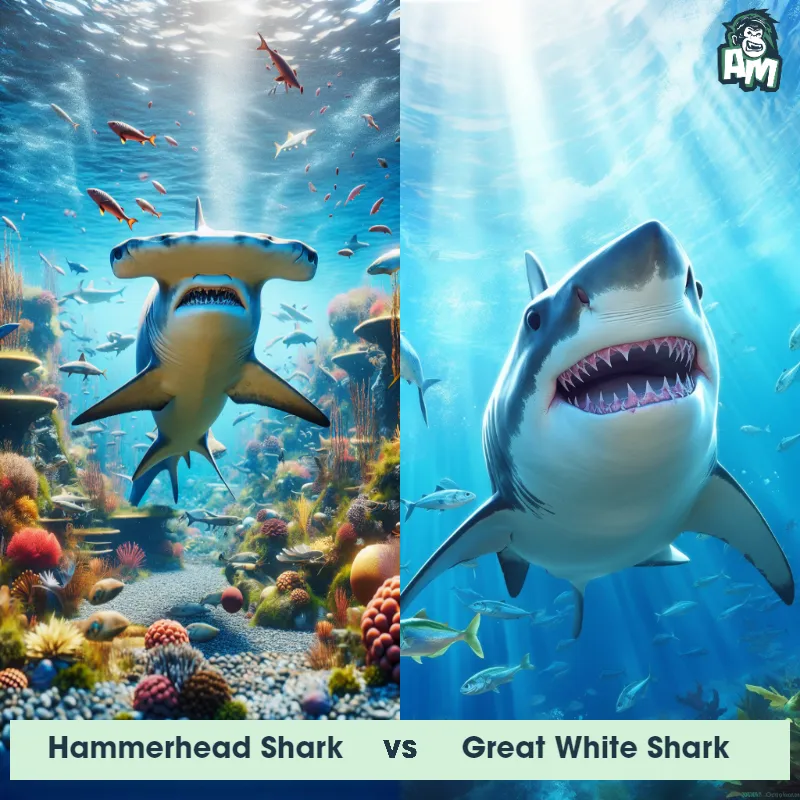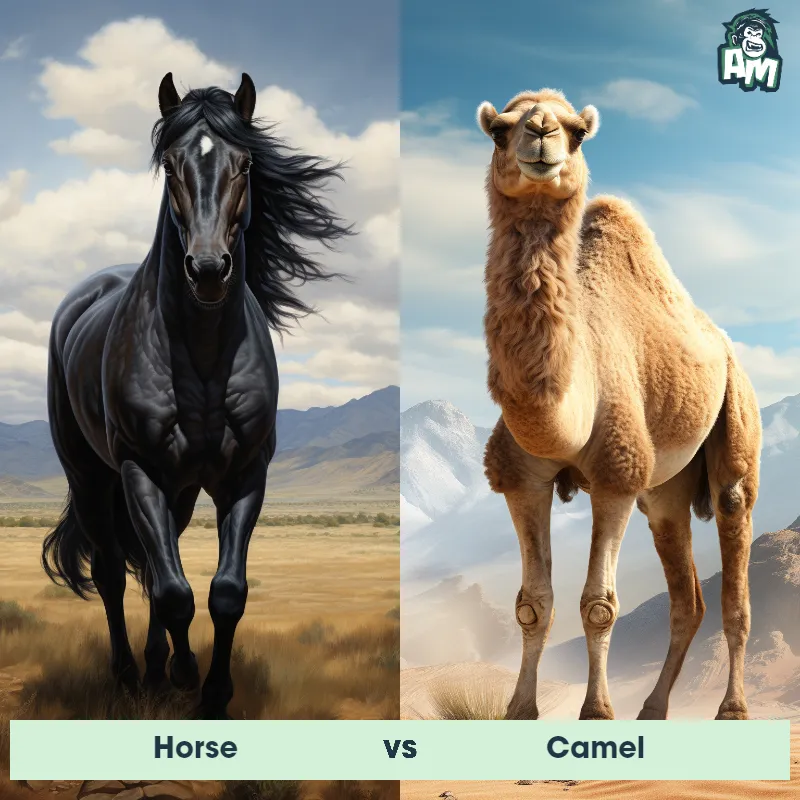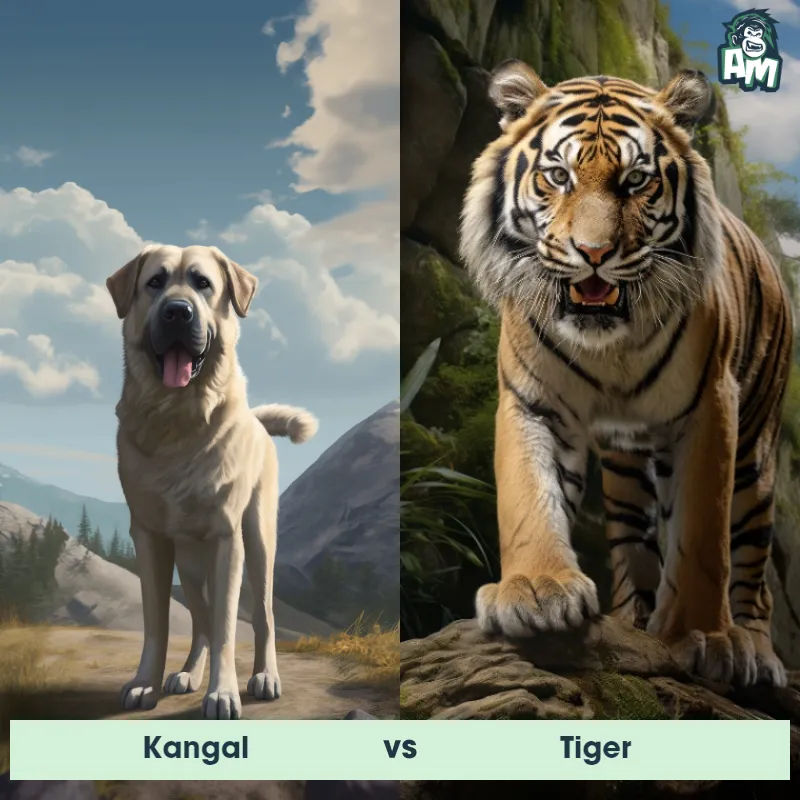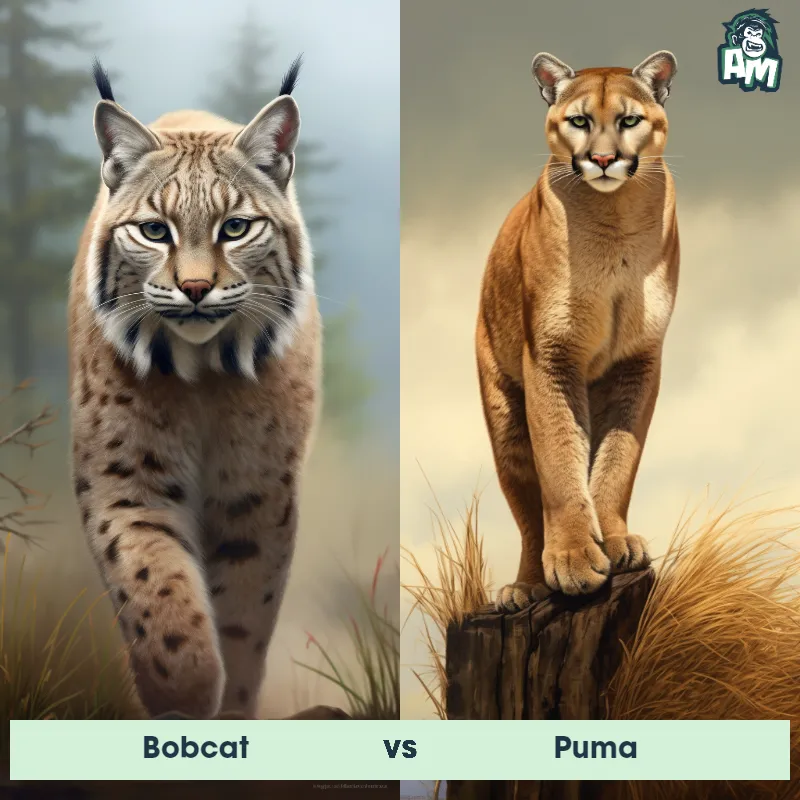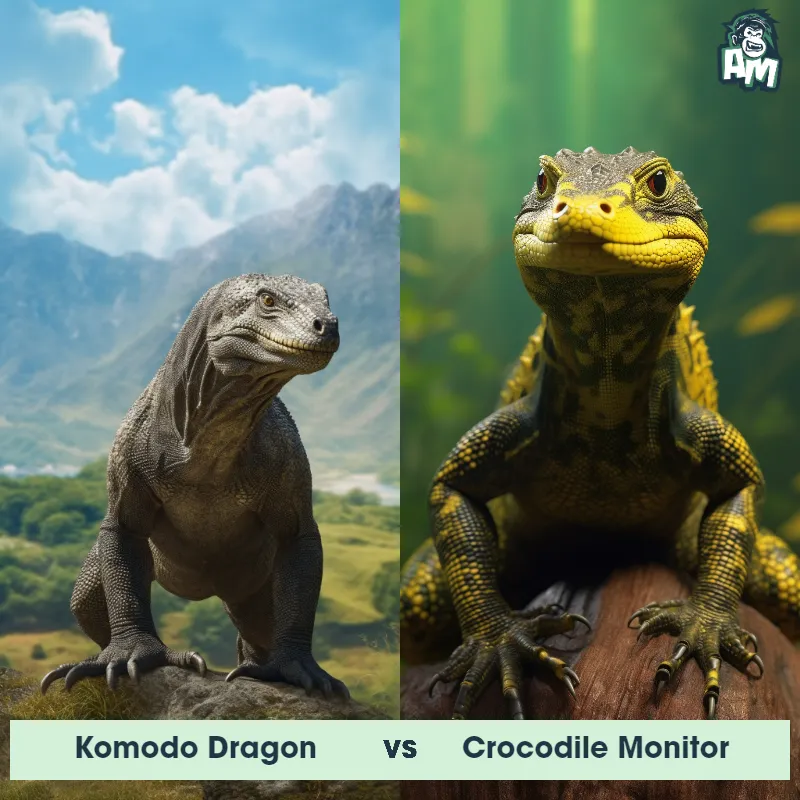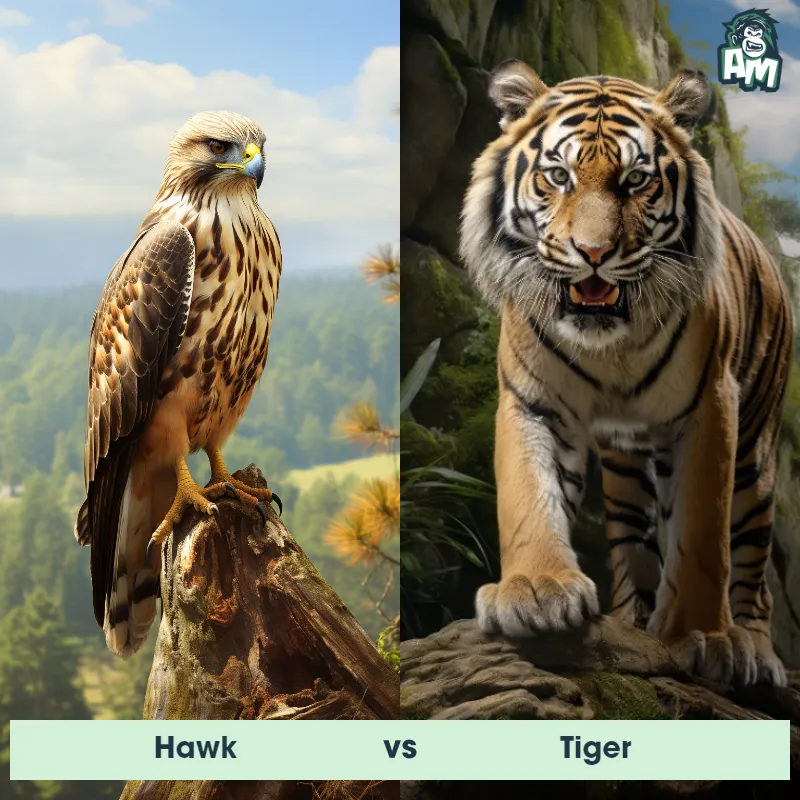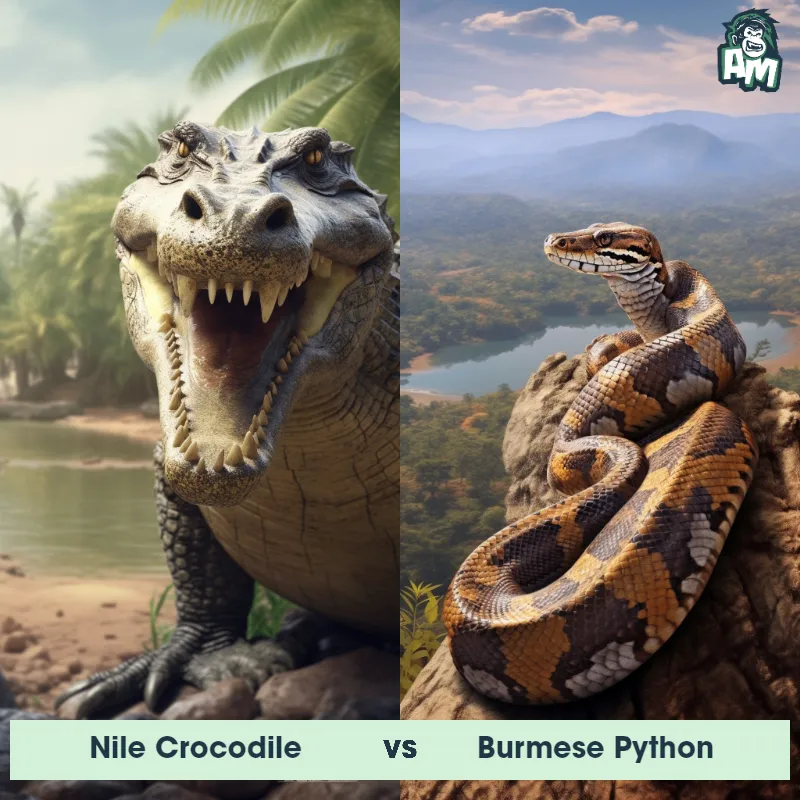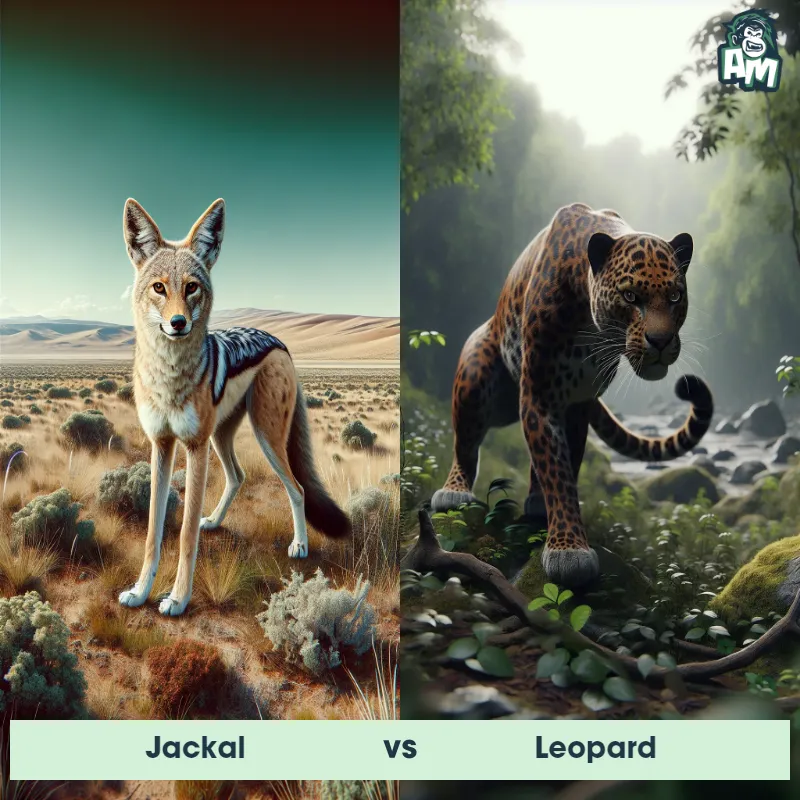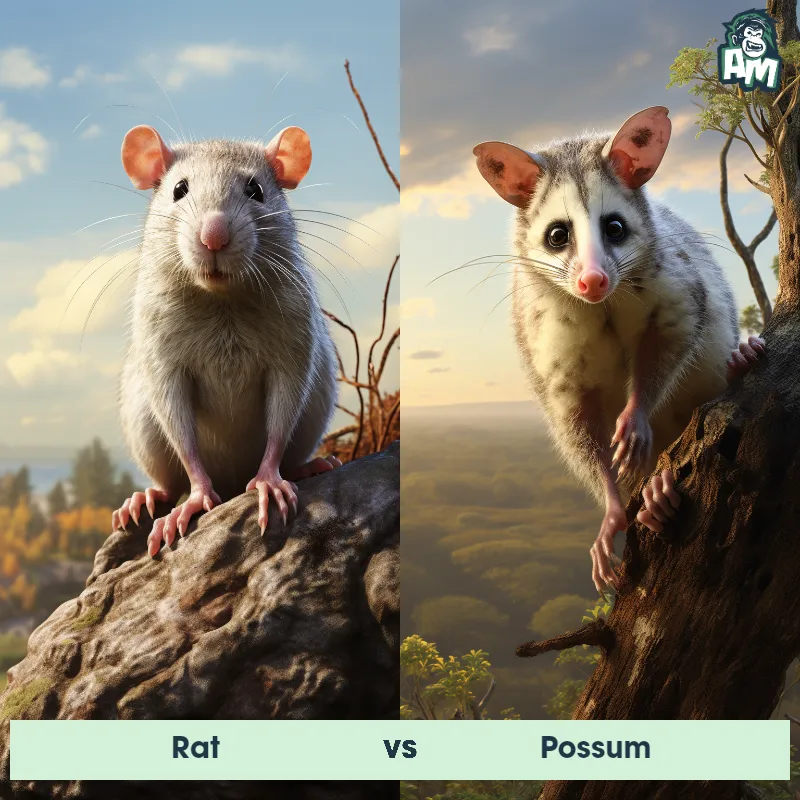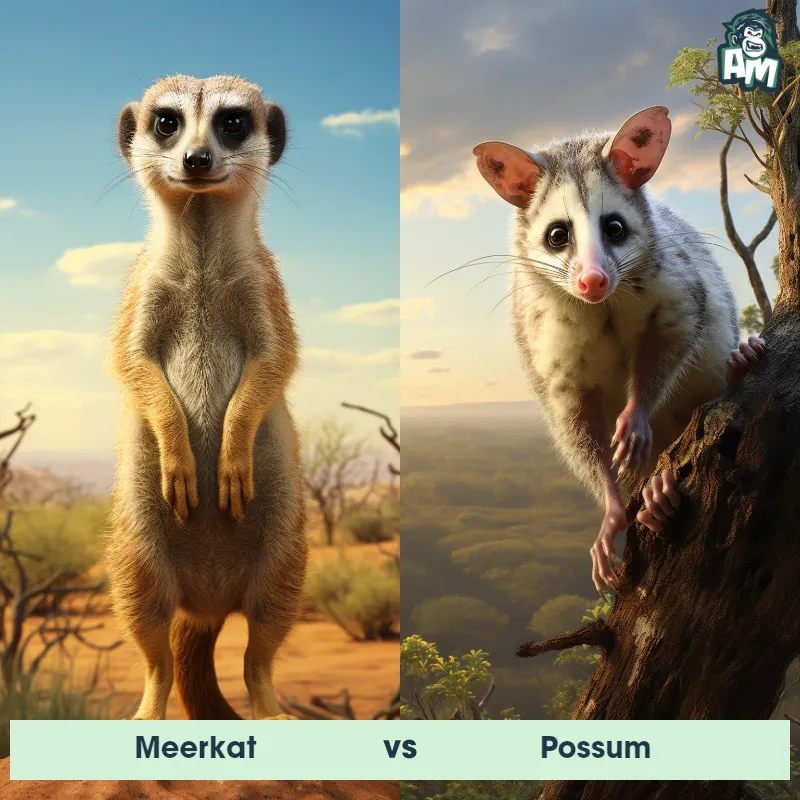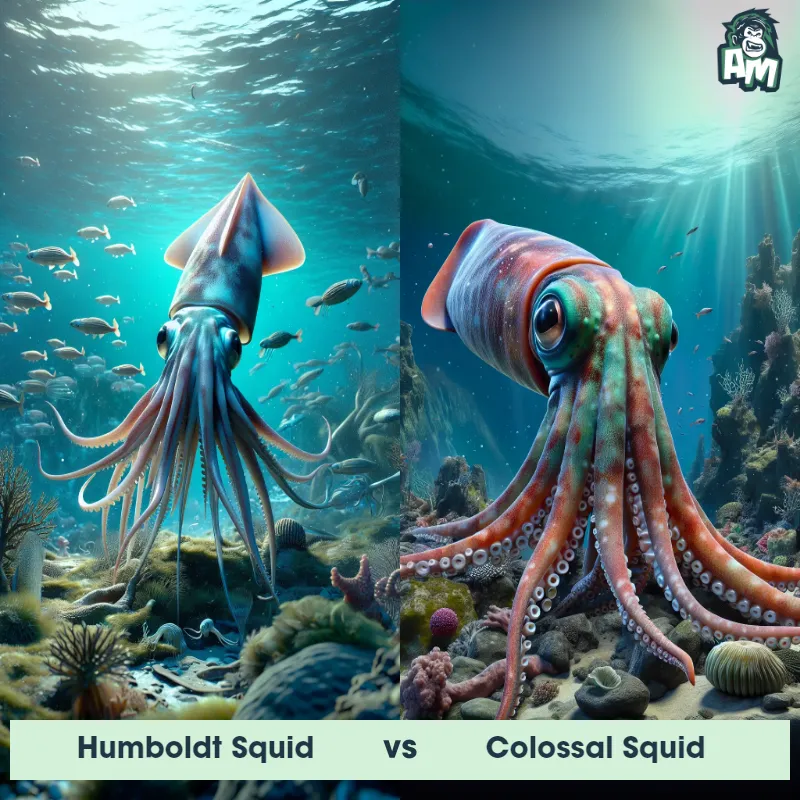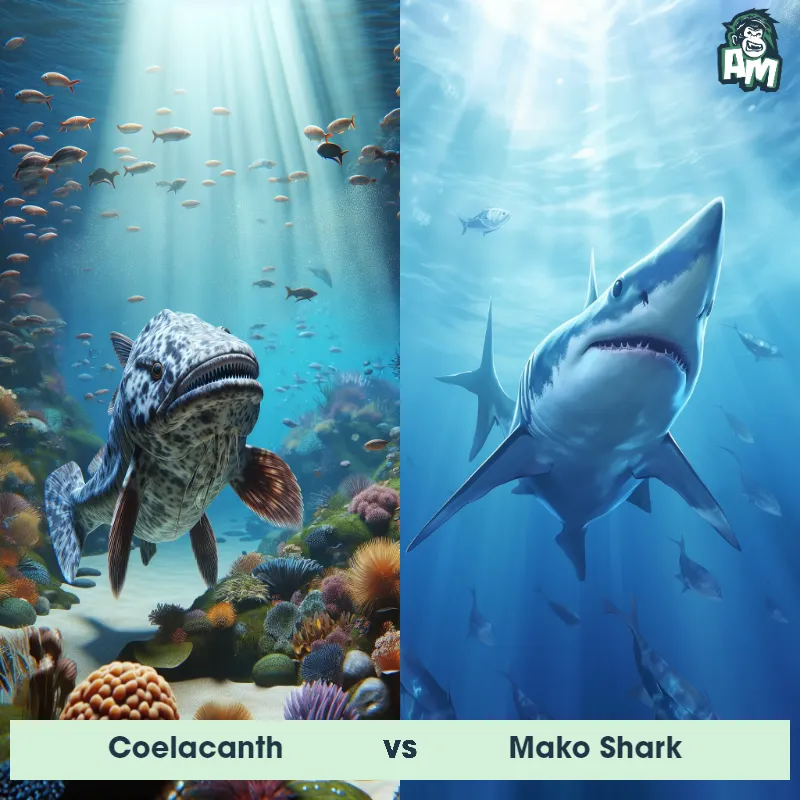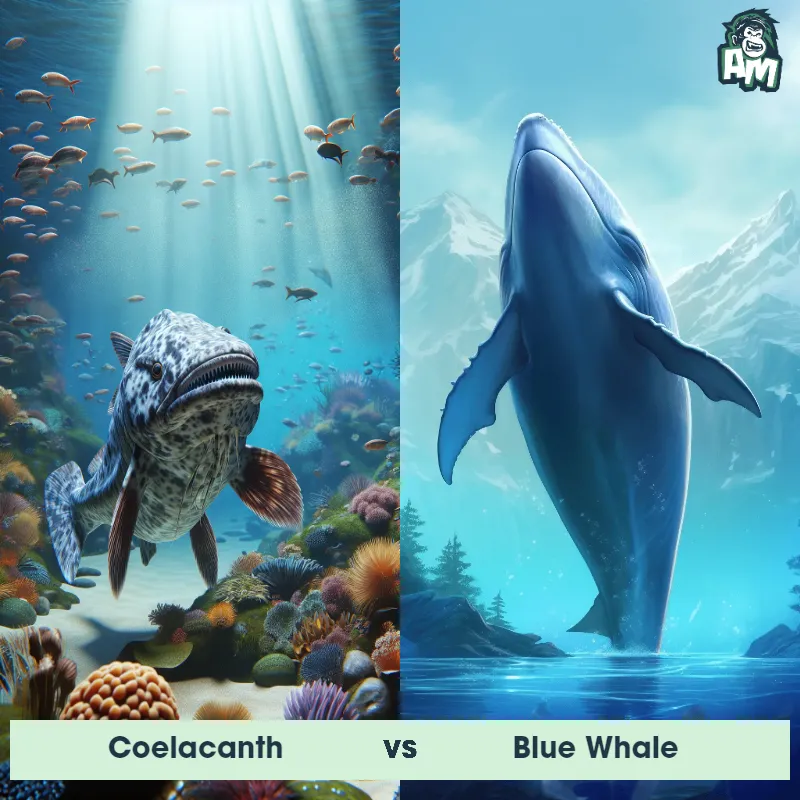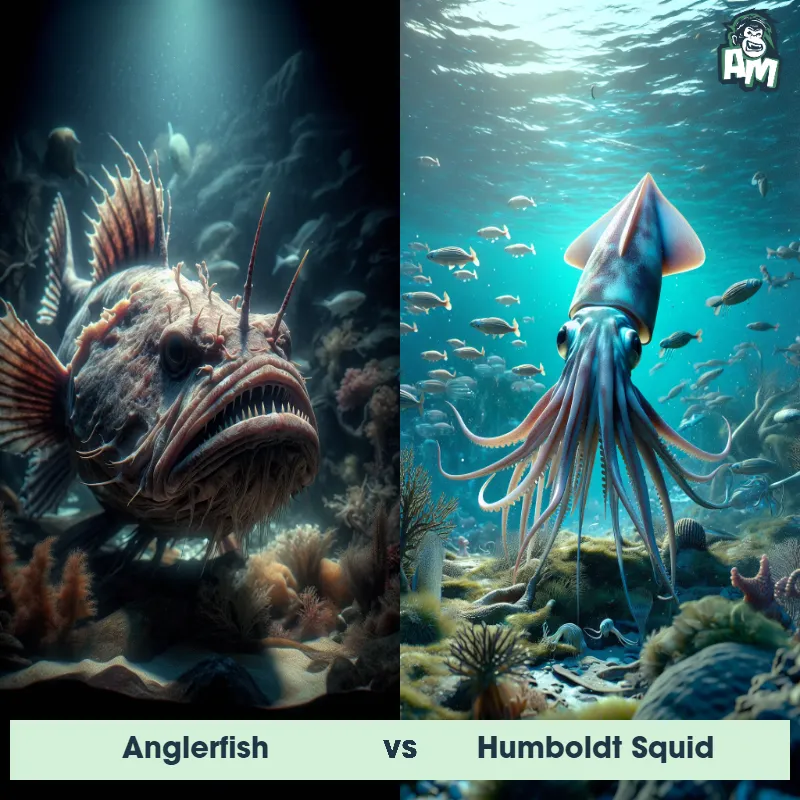Coelacanth vs Humboldt SquidSee Who Wins

Welcome, ladies and gentlemen, to this epic showdown between two formidable creatures of the deep sea. In one corner, we have the ancient Coelacanth, known for its prehistoric origins and tough scales. And in the other corner, we have the elusive Humboldt Squid, with its powerful tentacles and razor-sharp beak. It's going to be a fight to remember!
Contender 1: Coelacanth
The Coelacanth, also known as the "living fossil," is a rare and ancient fish species that dates back to the Late Cretaceous period, around 65 million years ago. It possesses unique characteristics that distinguish it from other fish, including its lobed fins, which resemble limbs, and its hinged skull. Coelacanths have a torpedo-shaped body, covered in thick scales, and can vary in color from dark blue to brown. Spanning about six feet in length and weighing around 200 pounds, they have powerful jaws filled with sharp teeth, enabling them to feed on small fish and cephalopods.
Fun Fact: One fascinating fact about the Coelacanth is that it was thought to have gone extinct around the time of the dinosaurs, but in 1938, a living specimen of this ancient fish was discovered off the coast of South Africa, stunning the scientific community and debunking the belief that Coelacanths had vanished from the Earth.
Contender 2: Humboldt Squid
The Humboldt Squid, also known as the jumbo squid, is a large predatory cephalopod found in the eastern Pacific Ocean. They can grow up to 7 feet long and weigh up to 100 pounds. They have a reddish-brown body with a mantle that can change color rapidly, allowing them to blend in with their surroundings. They have eight arms and two tentacles, each lined with suckers and sharp hooks that they use to catch prey. They are known for their aggressive behavior and have been known to attack humans.
Fun Fact: Humboldt Squid have been known to hunt in packs of up to 1,200 individuals, making them one of the most social cephalopods.
Matchup Stats
| Coelacanth | Humboldt Squid | |
|---|---|---|
| Size | 6 feet (1.8 meters) | Up to 7 feet long (2.1 meters) |
| Weight | 200 pounds (90 kilograms) | Up to 100 pounds (45 kilograms) |
| Speed | 0.5mph (0.8km/h) | Speed: 15 mph (24 km/hr) |
| Key Strength | Powerful jaws and sharp teeth | Powerful tentacles with sharp hooks |
| Biggest Weakness | Not specified | Vulnerable to attacks on the mantle |
Current Votes
Coelacanth vs Humboldt Squid
See Who Wins
View More Matches
Looking For More?
Similar Matches
Scientific Stats
| Coelacanth | Humboldt Squid | |
|---|---|---|
| Scientific Name | Latimeria chalumnae | Dosidicus gigas |
| Family | Coelacanthidae | Ommastrephidae |
| Habitat | Deep-sea | Open ocean |
| Geography | Indian Ocean | Eastern Pacific Ocean |
| Diet | Small fish and cephalopods | Fish, crustaceans, and other squid |
| Lifespan | 20 years - 30 years | 1 year - 2 years |
Key Differences between Coelacanth and Humboldt Squid
- Diet: Coelacanths primarily feed on small fish and cephalopods, while Humboldt Squids are voracious predators that consume fish, crustaceans, and other squids.
- Color: The Coelacanth is usually blue or brown in color, whereas the Humboldt Squid is predominantly red with white spots.
- Body shape: The Coelacanth has a unique lobe-shaped tail fin, while the Humboldt Squid has a more streamlined body with triangular fins.
- Size: The Coelacanth can grow up to 6 feet in length, while the Humboldt Squid typically reaches sizes of 5 to 6 feet.
- Behavior: Coelacanths are known to be slow-moving and elusive, while Humboldt Squids are highly active and hunt in coordinated groups.
- Habitat: Coelacanths are deep-sea fish found in caves and crevices, whereas Humboldt Squids inhabit the open ocean at depths of up to 2,300 feet.



